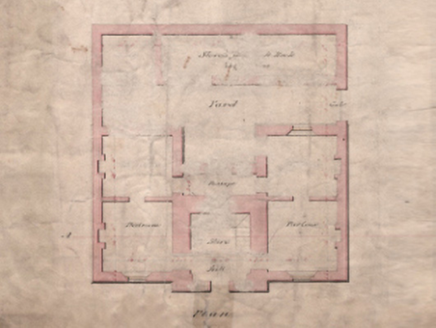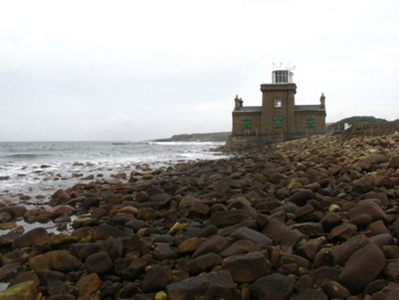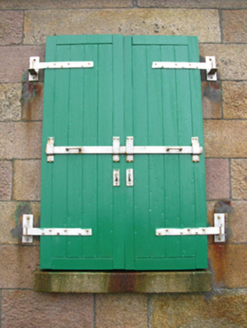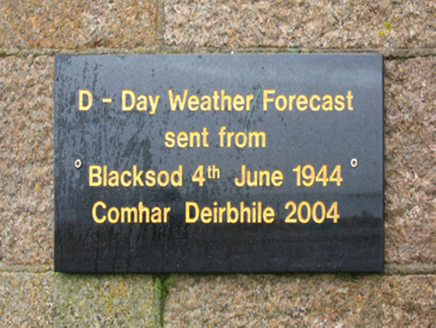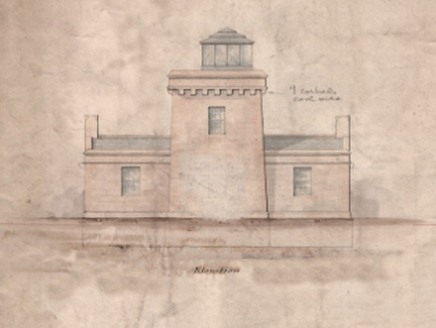Survey Data
Reg No
31303301
Rating
Regional
Categories of Special Interest
Architectural, Historical, Social, Technical
Original Use
Lighthouse
In Use As
Lighthouse
Date
1860 - 1870
Coordinates
65253, 318556
Date Recorded
13/01/2011
Date Updated
--/--/--
Description
Freestanding single-bay two-stage lighthouse, designed 1863; built 1864-5; commissioned 1866; extant 1897, on a square plan with single-bay single-storey double-pile recessed end bays. Electrified, 1967. Pitched double-pile (M-profile) slate roofs behind parapets with clay ridge tiles, cut-granite coping to gables with granite ashlar chimney stacks to apexes having capping supporting terracotta or yellow terracotta octagonal pots, and concealed rainwater goods retaining cast-iron hoppers with cast-iron gullys on cut-granite beaded corbels. Tuck pointed granite ashlar battered walls on cut-granite chamfered plinth with parapet to walkway on cut-granite beaded corbels having repointed cut-granite coping centred on lantern; tuck pointed granite ashlar walls (end bays) on cut-granite chamfered plinths with parapets on cut-granite stringcourses having repointed cut-granite coping. Square-headed central window openings with cut-granite sills, and cut-granite lintels with hood mouldings over framing six-over-six timber sash windows. Square-headed window openings (end bays) with cut-granite sills, and cut-granite lintels framing eight-over-eight timber sash windows behind timber boarded shutters. Set perpendicular to road on granite flagged rendered battered platform.
Appraisal
A lighthouse erected to a design signed (1863) by John Swan Sloane (c.1823?-96), Superintendent of Foremen and Works for the Ballast Board (appointed 1862; retired 1877), widely regarded as a particularly important component of the mid nineteenth-century built heritage of Contae Mhaigh Eo [County Mayo] with the architectural value of the composition confirmed by such attributes as the symmetrical footprint centred on a battered tower; the construction in a ruby-coloured granite extracted from the Reverend Sir William Palmer (1803-85)-owned Altmore Quarries; and the diminishing in scale of the openings on each floor producing a graduated tiered visual effect with those openings showing a mild Tudor Revival refinements. Having been well maintained, the elementary form and massing survive intact together with substantial quantities of the original fabric, both to the exterior and to the interior, thus upholding the character or integrity of a lighthouse making a pleasing visual statement in a windswept coastal setting: meanwhile, the lighthouse remains of additional interest as the weather station manned by Edward "Ted" Sweeney (1906-2001) whose forecast (4th June 1944) was the key element in the decision to launch the D-Day Normandy Landings (6th June 1944).
